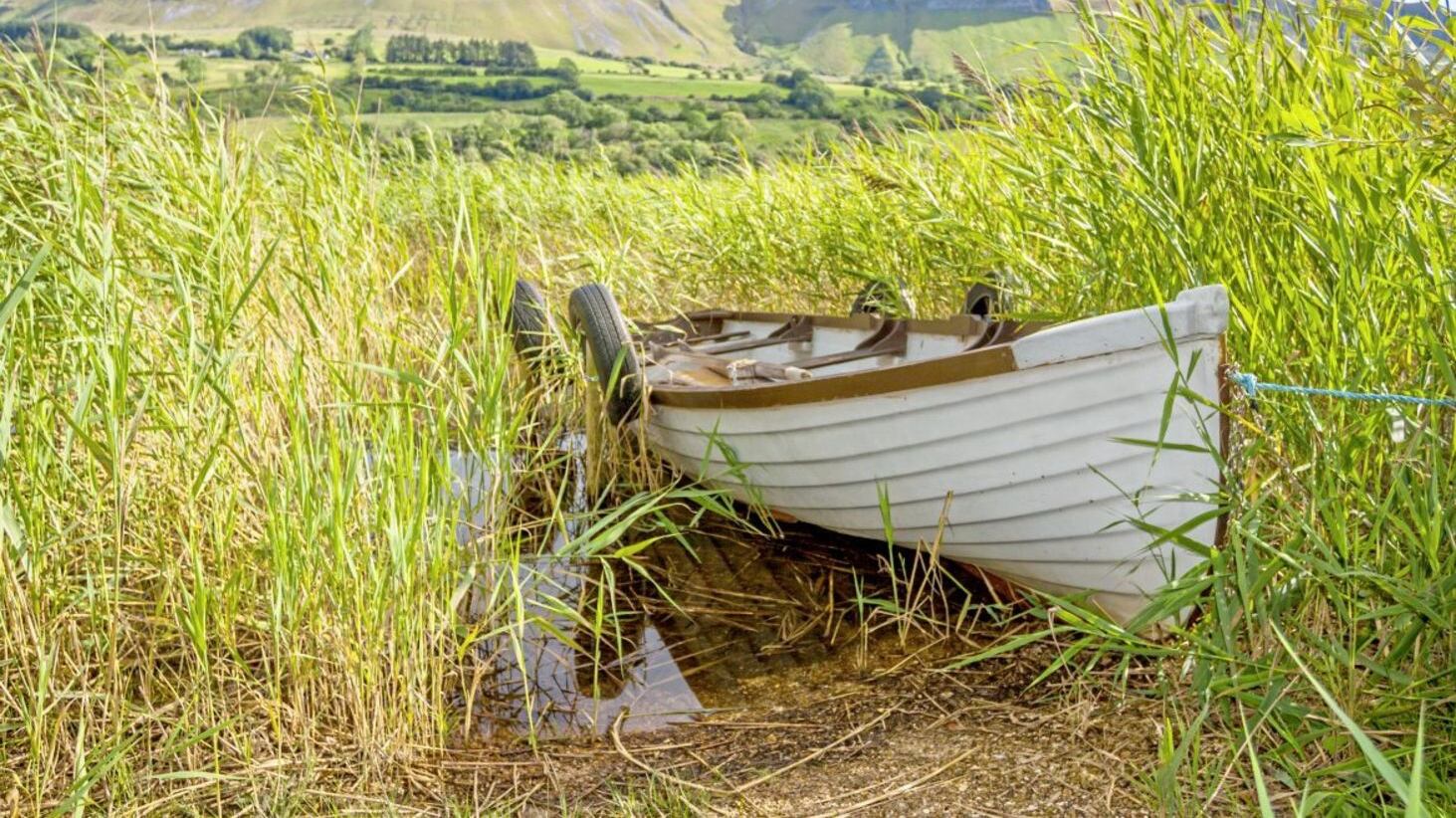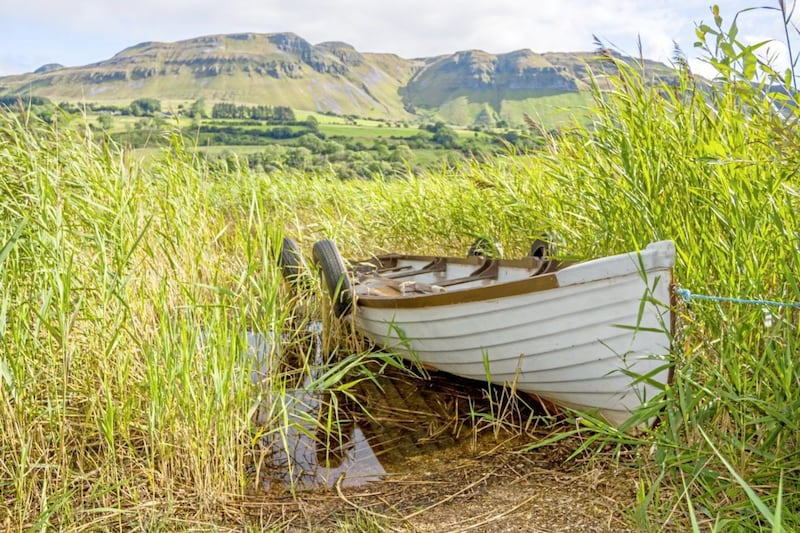THE rolling drumlins of Co Cavan take on a starker more ‘western’ appearance as they rise up into the Iron Mountains. The sky also looks as if it has expanded, that indefinable vastness that it seems to gain over Ireland’s coastlines – from here it is under an hour’s drive to the Atlantic.
And the vast skies seem to attract our bigger and more enigmatic birds. Red kites, merlins and hen harriers can be seen hunting here.
The peaks here are not the most spectacular – nothing to match Errigle in Donegal, Donard in Down or Carrantuohill in Kerry – but they offer views over half a dozen counties.
In the first weeks of April nature feels as if it is on a coiled spring, wound up and ready to pounce. The whitethorn is out already, and the bedraggled, not quite formed, willow and mountain ash leaves are firming up and spreading.
The withered remains of last year's oak and beech leaves are still clinging to some branches, but they are being pushed off by blackened knuckles that are ready to break and release this year’s foliage.
The Iron Mountain range crosses over into, and in many way defines, Ireland’s most sparsely populated county.
As well as the mountains, Leitrim has been shaped by loughs and rivers and its largest town, Carrick-on-Shannon is a popular launching pad for river cruises along Ireland’s longest river. The county reaches as far as the Atlantic but has just 2.5 kilometers of coastline wedged between Donegal and Sligo.
Leitrim was home and the final resting place of one of Ireland’s best known novelists and master of the short story, John McGahern.
He was born on a farm at Knockanroe close to Ballinamor. His mother ran the farm and his father was a Garda sergeant based at Cootehall, a few miles away in Co Roscommon.
According to a very informative bookseller at the The Reading Room bookshop in Carrick-on-Shannon, the keys to the former Garda barracks are easily available to anyone who wants to nosey around the setting of McGahern’s most famous novel The Barracks.
Leitrim, its people and the language they used serves as a backdrop to much of McGahern’s writing.
He wrote: “Everything that we inherit, the rain, the skies, the speech, and anybody who works in the English language in Ireland knows that there's the dead ghost of Gaelic in the language we use and listen to and that those things will reflect our Irish identity.”
He died in in 2006 and is buried at St Patrick's Church Aughawillan in his native county.
Another famous resident of Leitrim lived in the days when the old Gaelic order had all but collapsed – the wandering blind Irish harper Turlough O’Carolan.
He was born in Co Meath but eventually settled in Mohill, then known as Manachain, around 1720 when he was was in his fifties.
Irish was still the language of most people in the area and O’Carolan is said to have had little English, although he was a friend of the Anglo-Irish satirist and author of Gulliver’s Travels Jonathan Swift.
An impressive statue of O’Carolan, playing his harp, dominates the centre of Mohill.
Although the music that O’Carolan composed was Italian baroque in style, much of it has become firmly established in the repertoire of traditional Irish musicians.


